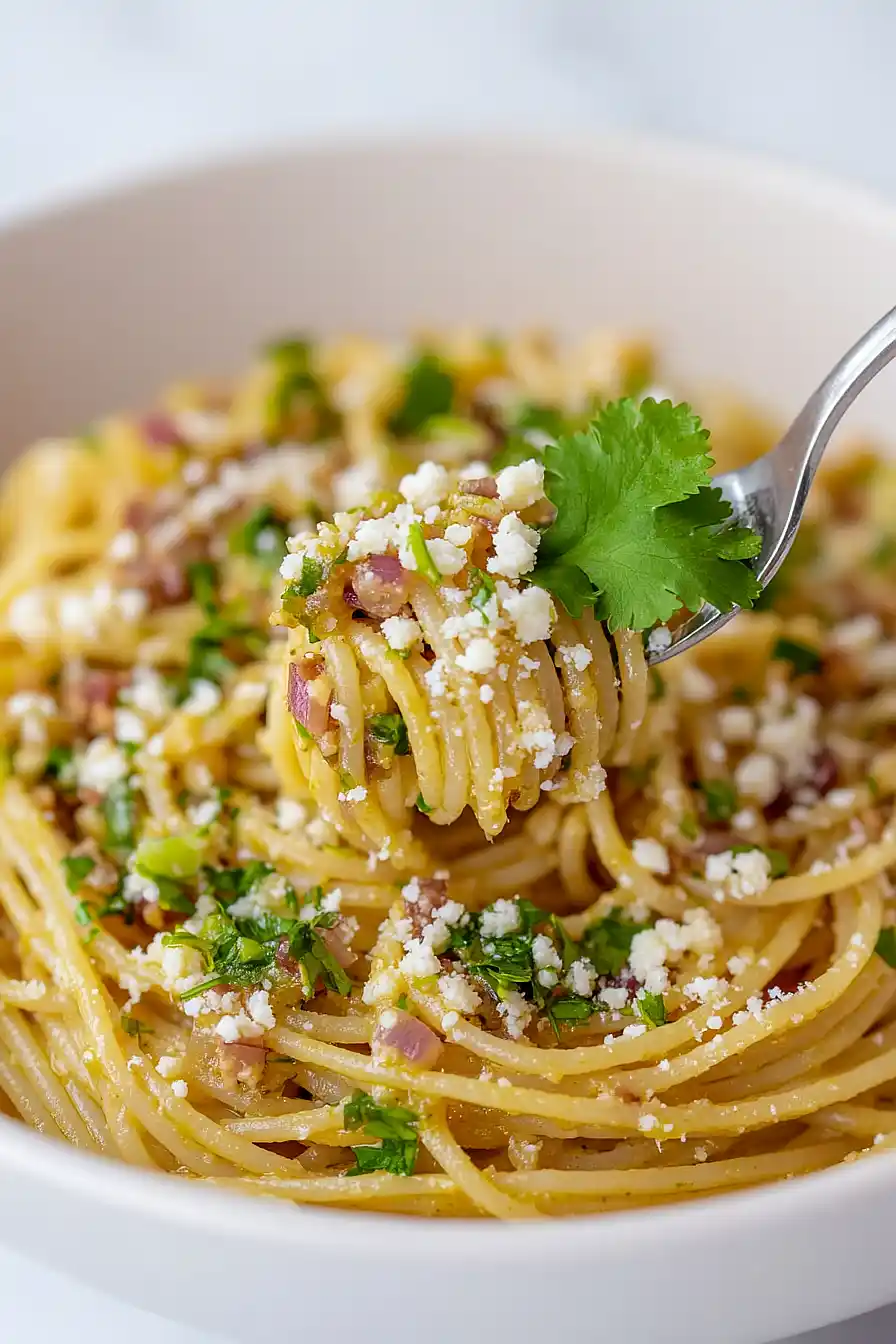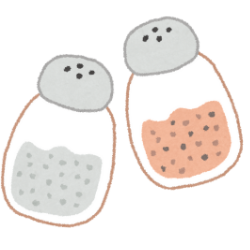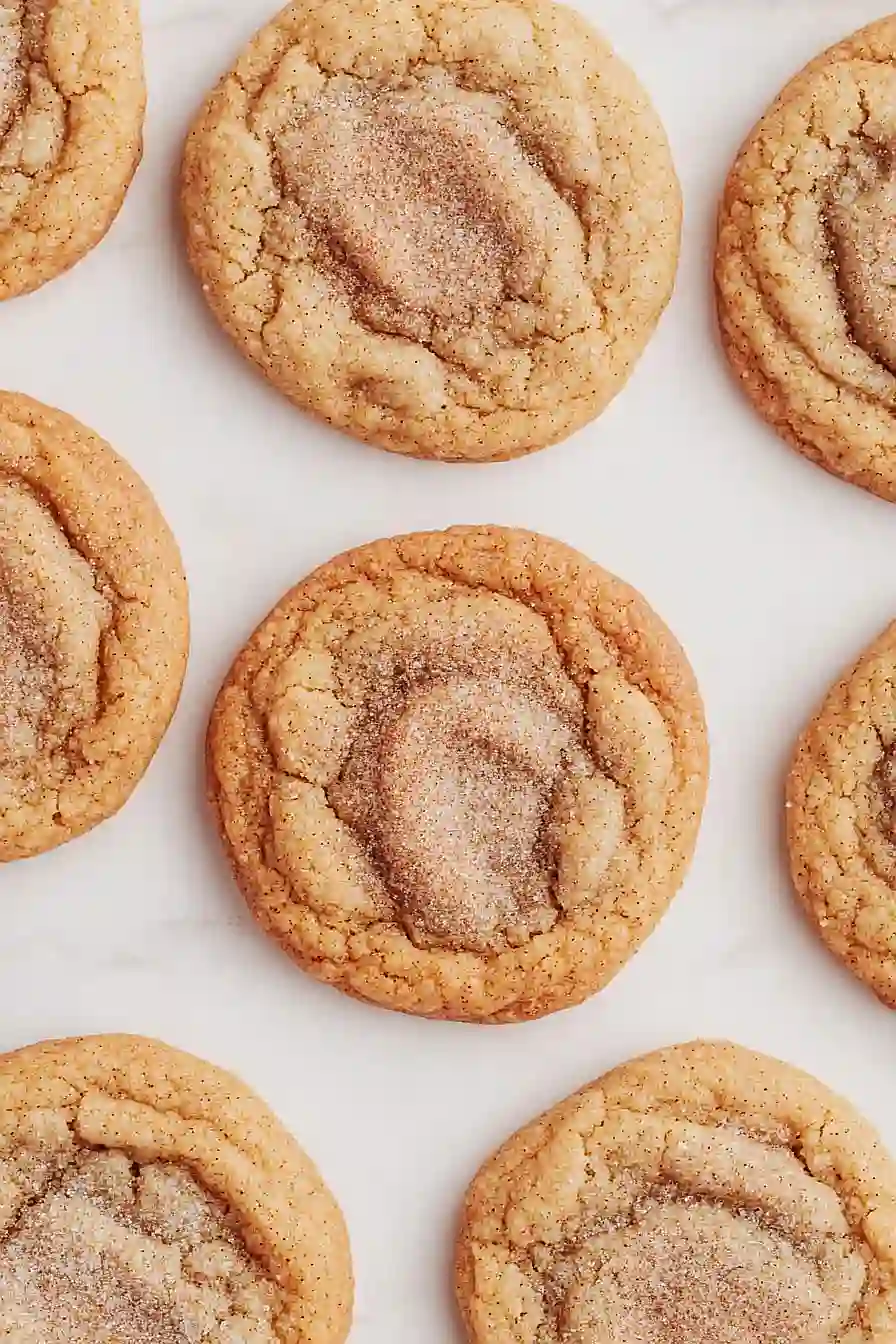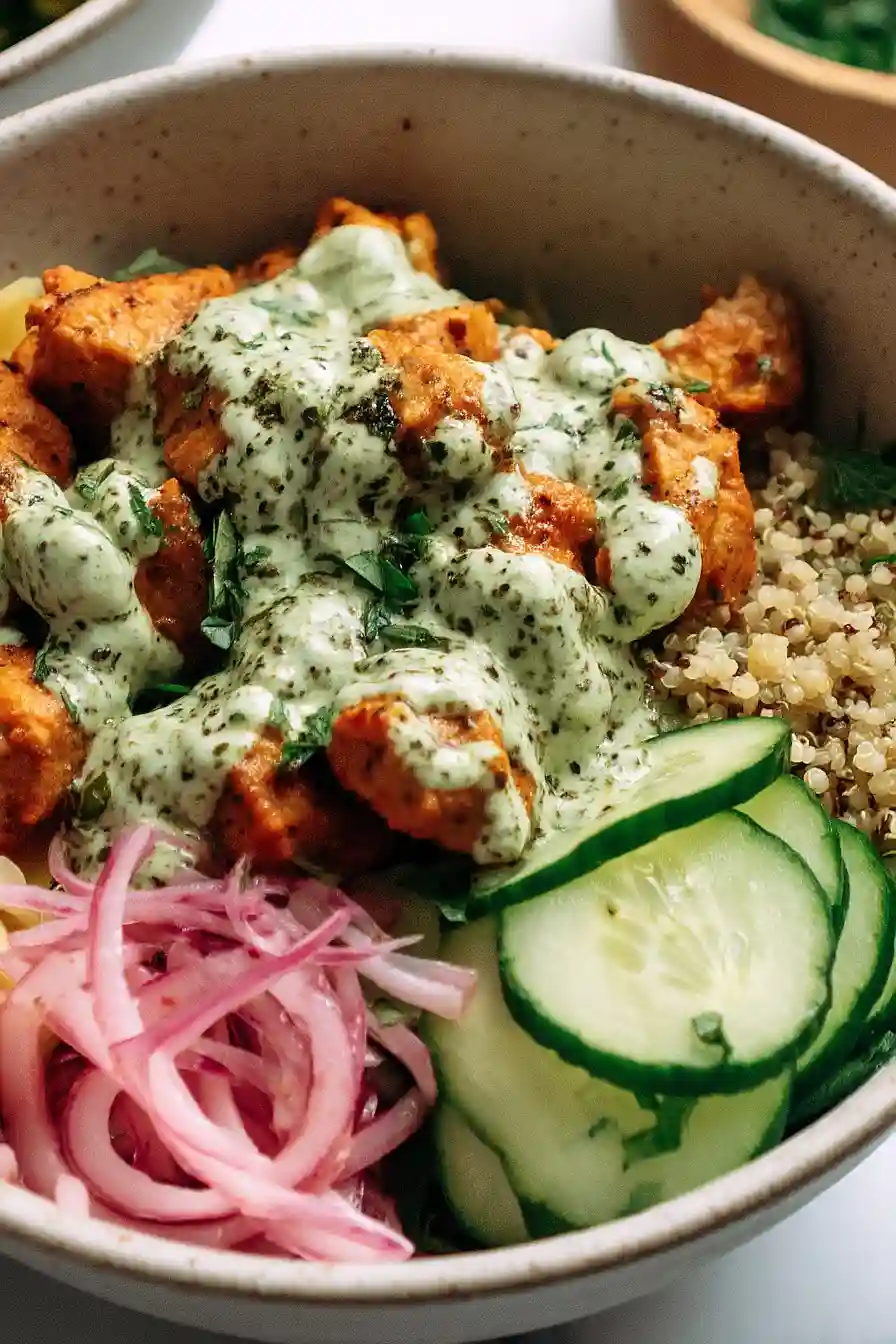Late summer in the Southwest means one thing: hatch chile season. I wait for it every year like some people wait for pumpkin spice. There’s something about that smoky, earthy heat that makes everything taste better. And when I can get my hands on fresh hatch chiles, I want to put them in everything.
That’s exactly how this pasta came to be. I had a bag of roasted hatch chiles sitting in my fridge, and I was staring at a box of pasta wondering what to make for dinner. Sometimes the best recipes happen when you just start cooking with what you have. The chiles add just enough heat without being overwhelming, and they give the whole dish a smoky depth that regular bell peppers just can’t match.
Want something creamy and comforting? This is it. Looking for a way to use up those hatch chiles before they go bad? Perfect. Honestly, this has become my go-to weeknight dinner when I want something that feels special but doesn’t require a trip to three different stores.

Why You’ll Love This Hatch Chile Pasta
- Bold, smoky flavor – The fire-roasted hatch chiles bring a unique smoky heat that’s way more interesting than regular pasta sauce, giving you that authentic Southwest taste.
- Quick weeknight dinner – Ready in under an hour, this pasta comes together fast enough for busy weeknights but tastes like you spent way more time on it.
- Creamy, cheesy goodness – The combination of sour cream, cotija, and Monterey Jack creates a rich, creamy sauce that perfectly balances the heat from the chiles.
- Simple ingredients – Most of these ingredients are pantry staples or easy to find at your local grocery store, making this recipe accessible any time you’re craving something different.
- Perfect spice level – Hatch chiles give you that warm, earthy heat without being too spicy, so the whole family can enjoy it together.
What Kind of Hatch Chiles Should I Use?
For this pasta recipe, you’ll want to use fire-roasted hatch chiles, which you can find fresh during hatch chile season (late summer) or frozen year-round in many grocery stores. Fresh hatch chiles will give you the best flavor, but frozen ones work perfectly fine and are much more convenient since they’re already roasted and peeled. If you can’t find hatch chiles at all, poblano peppers make a good substitute, though they’ll be a bit milder. Make sure to remove the seeds and stems before chopping, and if you’re sensitive to heat, you can remove the white ribs inside the chiles to tone down the spice level.

Options for Substitutions
This pasta is pretty adaptable, so here are some swaps you can make if needed:
- Hatch chiles: If you can’t find hatch chiles, poblano peppers are your best bet for a similar mild heat and flavor. You can also use Anaheim chiles or even canned green chiles in a pinch, though the flavor will be a bit different.
- Cotija cheese: Don’t have cotija? Queso fresco works great, or you can use feta cheese for a similar salty, crumbly texture. Even freshly grated Parmesan will do the job.
- Monterey Jack cheese: Feel free to swap this with mild cheddar, pepper jack for extra heat, or even mozzarella if that’s what you have on hand.
- Sour cream: Greek yogurt makes a great substitute and adds a nice tangy flavor. You can also use heavy cream or cream cheese (use about 3 tablespoons) for richness.
- Spaghetti: Any long pasta works well here – try linguine, angel hair, or even penne if you prefer shorter pasta shapes.
- Vegetable broth: Chicken broth works just as well, or you can use the pasta cooking water for extra starch to help bind the sauce.
Watch Out for These Mistakes While Cooking
The biggest mistake when making hatch chile pasta is not saving enough pasta water – you’ll need that starchy liquid to bring the sauce together, so reserve at least a full cup before draining your spaghetti.
Another common error is adding the sour cream while the pan is too hot, which can cause it to curdle and break, so always remove the pan from heat and let it cool slightly before stirring in the sour cream.
Don’t forget to taste your hatch chiles before adding them since their heat level can vary dramatically – start with less and add more as needed to avoid an overly spicy dish.
For the smoothest sauce, add the pasta water gradually while tossing the noodles, and remember that the sauce will thicken as it cools, so it should look slightly loose in the pan.

What to Serve With Hatch Chile Pasta?
This creamy, spicy pasta pairs perfectly with some warm flour tortillas or crusty bread to help cool down the heat from those fire-roasted hatch chiles. A simple side salad with avocado, lime, and mixed greens balances out the richness of the sour cream and cheese beautifully. For protein, grilled chicken or shrimp work great mixed right into the pasta, or you can serve some black beans on the side for a vegetarian option. Don’t forget to have some extra lime wedges and maybe a dollop of Greek yogurt nearby – trust me, you’ll want them to tame the spice!
Storage Instructions
Refrigerate: This hatch chile pasta keeps really well in the fridge for up to 4 days in an airtight container. The flavors actually get even better after sitting overnight, so it makes great leftovers! Just keep in mind that the pasta will absorb some of the sauce as it sits.
Freeze: You can freeze this pasta for up to 2 months, though the texture of the sour cream might change slightly when thawed. I like to freeze individual portions in freezer-safe containers so I can grab just what I need for a quick meal later.
Warm Up: To bring your pasta back to life, add a splash of broth or water and heat it gently on the stove over medium-low heat, stirring frequently. You can also microwave it in 30-second intervals, stirring between each one. Top with fresh cilantro and a sprinkle of cotija cheese to make it taste fresh again.
| Preparation Time | 15-20 minutes |
| Cooking Time | 20-30 minutes |
| Total Time | 35-50 minutes |
| Level of Difficulty | Medium |
Estimated Nutrition
Estimated nutrition for the whole recipe (without optional ingredients):
- Calories: 1700-1900
- Protein: 55-65 g
- Fat: 45-55 g
- Carbohydrates: 270-300 g
Ingredients
For the pasta:
- 1 lb spaghetti
- 1/2 to 3/4 cup pasta cooking water
For the hatch chile sauce:
- 4 cloves garlic
- 2 cups seeded, chopped fire-roasted hatch peppers
- 1/2 large onion, finely diced
- 3/4 cup vegetable broth
- 1 1/2 tbsp olive oil
- 1/2 tsp sea salt
- 1/2 tsp chili powder
- 1 cup loosely packed cilantro, chopped
- 1/2 cup sour cream
- 1/2 cup monterey jack cheese, shredded
For serving:
- 1/4 cup cotija cheese, crumbled
- Extra chopped cilantro, for garnish
- Additional chili powder, for garnish
Step 1: Prepare the Ingredients and Cook the Spaghetti
- 1 lb spaghetti
- 4 cloves garlic
- 2 cups seeded, chopped fire-roasted hatch peppers
- 1/2 large onion, finely diced
- 1 cup loosely packed cilantro, chopped (or added to food processor)
- 1/2 to 3/4 cup pasta cooking water
Begin by bringing a large pot of salted water to a boil for the spaghetti.
While waiting, seed and chop the fire-roasted hatch peppers and finely dice the onion.
If you prefer a smoother texture, you can pulse the peppers and cilantro together in a food processor.
Once the water is boiling, add the spaghetti and cook until al dente, following the package instructions.
Reserve 1/2 to 3/4 cup of pasta cooking water before draining.
Step 2: Sauté the Aromatics
- 1 1/2 tbsp olive oil
- 1/2 large onion, finely diced (from Step 1)
- 4 cloves garlic
While the pasta water heats and the spaghetti cooks, heat the olive oil in a large pan over medium heat.
Add the finely diced onion and sauté until it turns soft and translucent, about 3–5 minutes.
Then, add the minced garlic and cook for another minute until fragrant.
Step 3: Build the Hatch Chile Sauce
- 2 cups seeded, chopped fire-roasted hatch peppers (from Step 1)
- 3/4 cup vegetable broth
- 1/2 tsp sea salt
- 1/2 tsp chili powder
Add the chopped hatch peppers, vegetable broth, sea salt, and chili powder to the pan with the onions and garlic.
Stir everything together and let the mixture cook for 3–5 minutes, allowing it to thicken slightly.
This will help meld the flavors and begin forming the sauce base.
Step 4: Finish the Creamy Cheese Sauce
- 3/4 cup vegetable broth (from Step 3)
- 1 cup loosely packed cilantro, chopped (if not used in Step 1)
- 1/2 cup sour cream
- 1/2 cup Monterey Jack cheese, shredded
- 1/2 to 3/4 cup pasta cooking water (reserved from Step 1)
When the spaghetti is about 2 minutes from done, lower the heat under the sauce pan and mix in the Monterey Jack cheese, sour cream, and chopped cilantro (if not pulsed earlier).
Stir until the cheese melts and the sauce starts to look creamy.
Gradually pour in 1/2 to 3/4 cup of reserved pasta cooking water to loosen the sauce to your desired consistency.
Remove the pan from the heat.
Personally, I like to add a bit of extra chopped cilantro here for a bright finish.
Step 5: Combine Pasta and Sauce
- cooked spaghetti (from Step 1)
- hatch chile cheese sauce (from Step 4)
Drain the cooked spaghetti and immediately add it to the pan with the creamy hatch chile sauce.
Toss well to thoroughly coat the noodles with the sauce.
Let the mixture rest off the heat for a few minutes to allow the sauce to thicken and fully cling to the spaghetti.
Step 6: Garnish and Serve
- extra chopped cilantro, for garnish
- 1/4 cup cotija cheese, crumbled
- additional chili powder, for garnish
Transfer the creamy hatch chile spaghetti to serving plates.
Garnish each portion with extra chopped cilantro, a sprinkle of crumbled cotija cheese, and a dusting of additional chili powder.
Serve immediately and enjoy the dish while it’s hot!















